Rice experts are available to comment on digital health topics, including AI, wearable and ingestible devices, imaging and robotics.


The world of wearable technology—such as sensors and energy-producing devices—is expanding, thanks to new research into a unique combination of materials that are flexible, safe to use on or inside the human body, and environmentally friendly.
Dr. Simon Rondeau-Gagné and a team of collaborators and graduate students have used the Canadian Light Source (CLS) at the University of Saskatchewan to show that semiconducting polymers and collagen—the main component of human skin—can be combined to create organic devices “that are more efficient, more conformable and specifically… more green as well.”
Collagen provided both the skin-like rigidity and elasticity (or bendability) the researchers were looking for in “a platform that can be integrated with something like the human body,” said Rondeau-Gagné, an associate professor in the Department of Chemistry and Biochemistry at the University of Windsor.
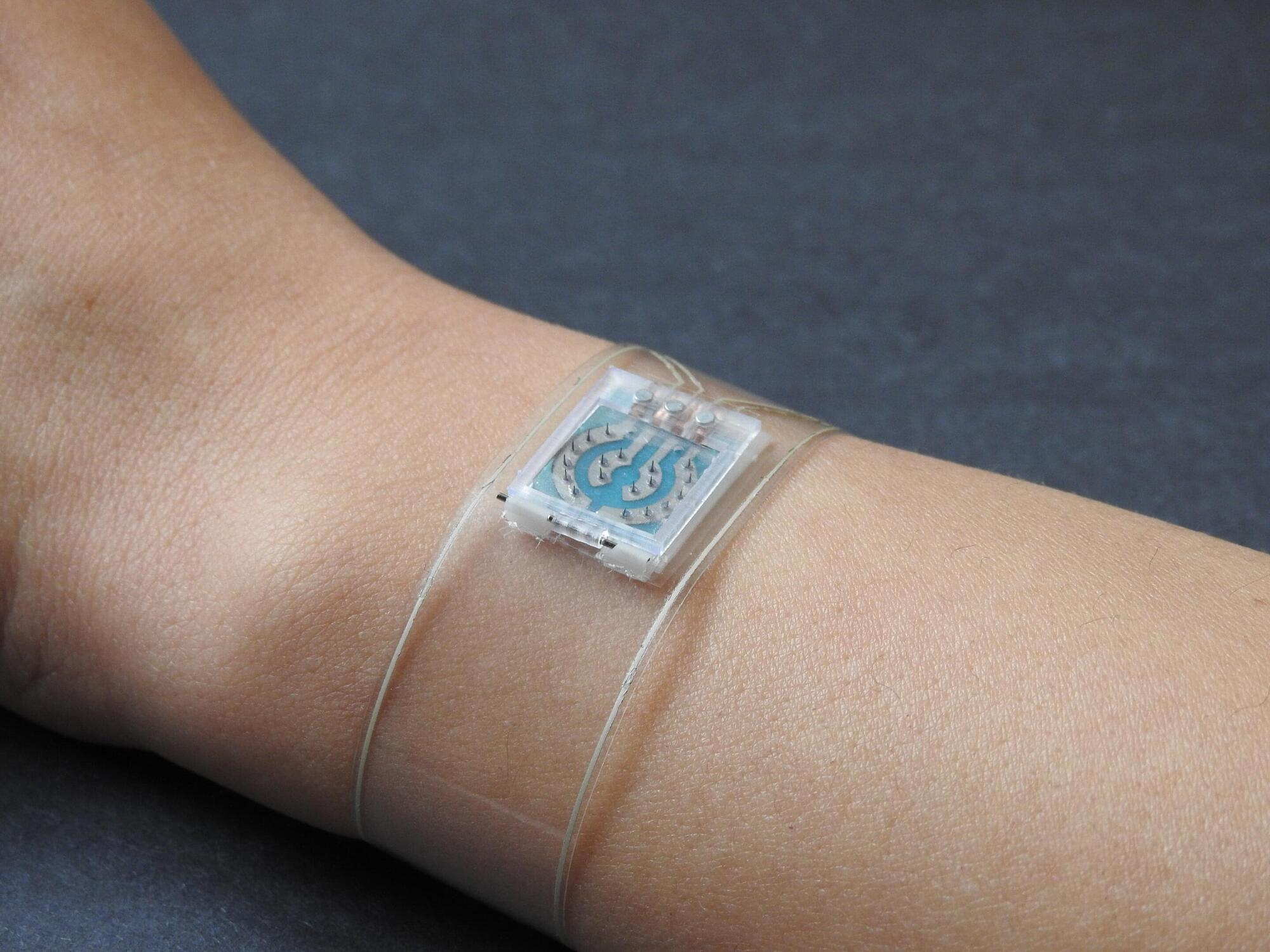
A new wearable wristband could significantly improve diabetes management by continuously tracking not only glucose but also other chemical and cardiovascular signals that influence disease progression and overall health. The technology was published in Nature Biomedical Engineering.
The flexible wristband consists of a microneedle array that painlessly samples interstitial fluid under the skin to measure glucose, lactate and alcohol in real time using three different enzymes embedded within the tiny needles. Designed for easy replacement, the microneedle array can be swapped out to tailor wear periods. This reduces the risk of allergic reactions or infection while supporting longer-term use.
Simultaneously, the wristband uses an ultrasonic sensor array to measure blood pressure and arterial stiffness, while ECG sensors measure heart rate directly from wrist pulses. These physiological signals are key indicators of cardiovascular risk, which is often elevated in people with diabetes but is rarely monitored continuously outside of a clinical setting.
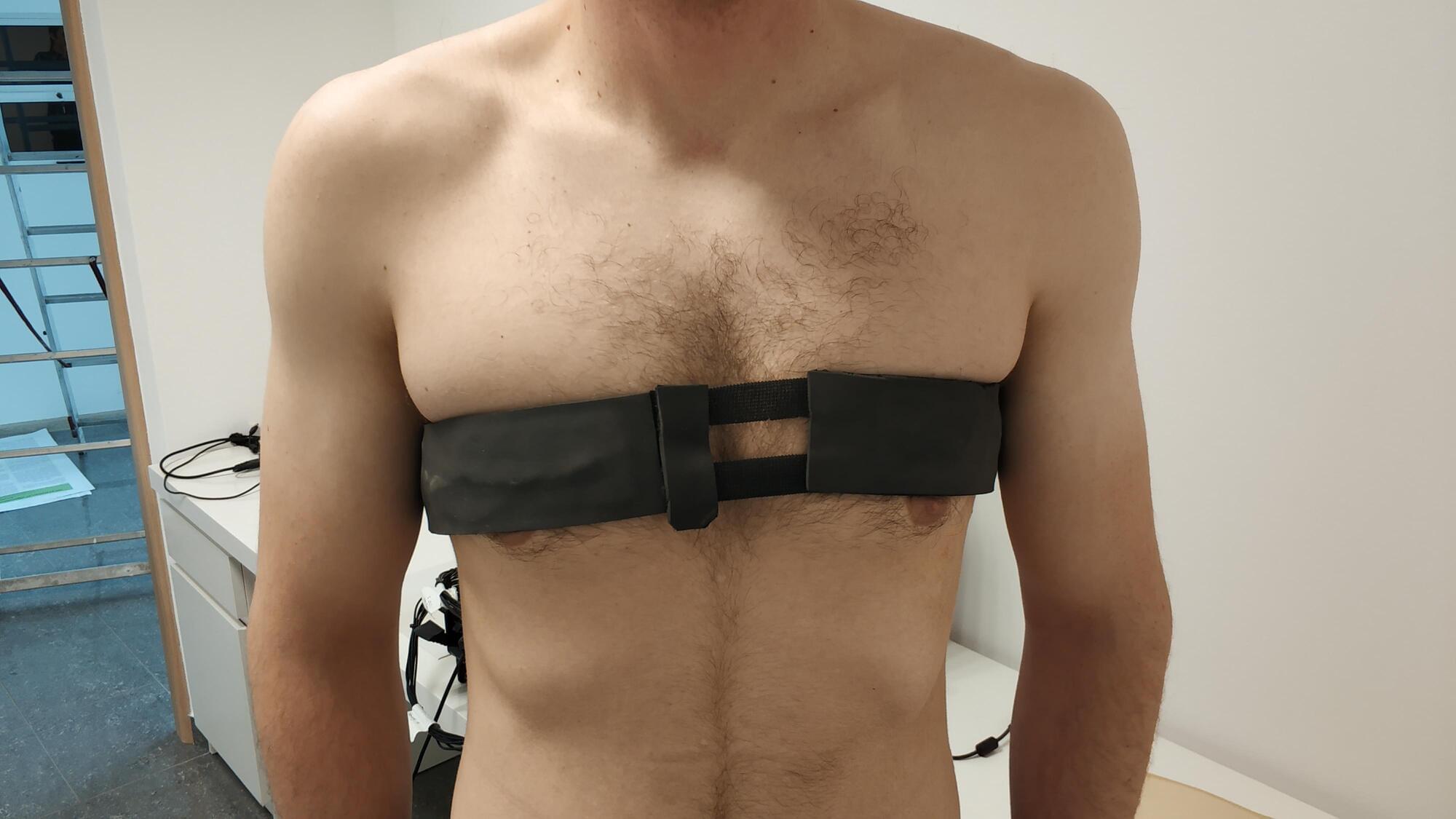
Researchers have developed a first-of-its-kind wearable device capable of continuously scanning the lungs and heart of hospital patients while they rest in bed – offering a revolutionary alternative to CT scans.
The belt-like device, attached around a patient’s chest, uses ultrasound and works like a CT scanner. Rather than taking an isolated snapshot, it can produce a series of dynamic, high-resolution images of the heart, lungs and internal organs over time, giving doctors deeper insight into a patient’s condition. The device can be worn in bed and also reduces the need for repeated trips to radiology or exposure to doses of ionising radiation.
The breakthrough device has been developed at the University of Bath in collaboration with Polish technology company Netrix and is detailed in a recent publication in IEEE Transactions on Instrumentation and Measurement.
Groundbreaking sensor technology promises safer, real-time monitoring for hospitalised cardiothoracic patients.
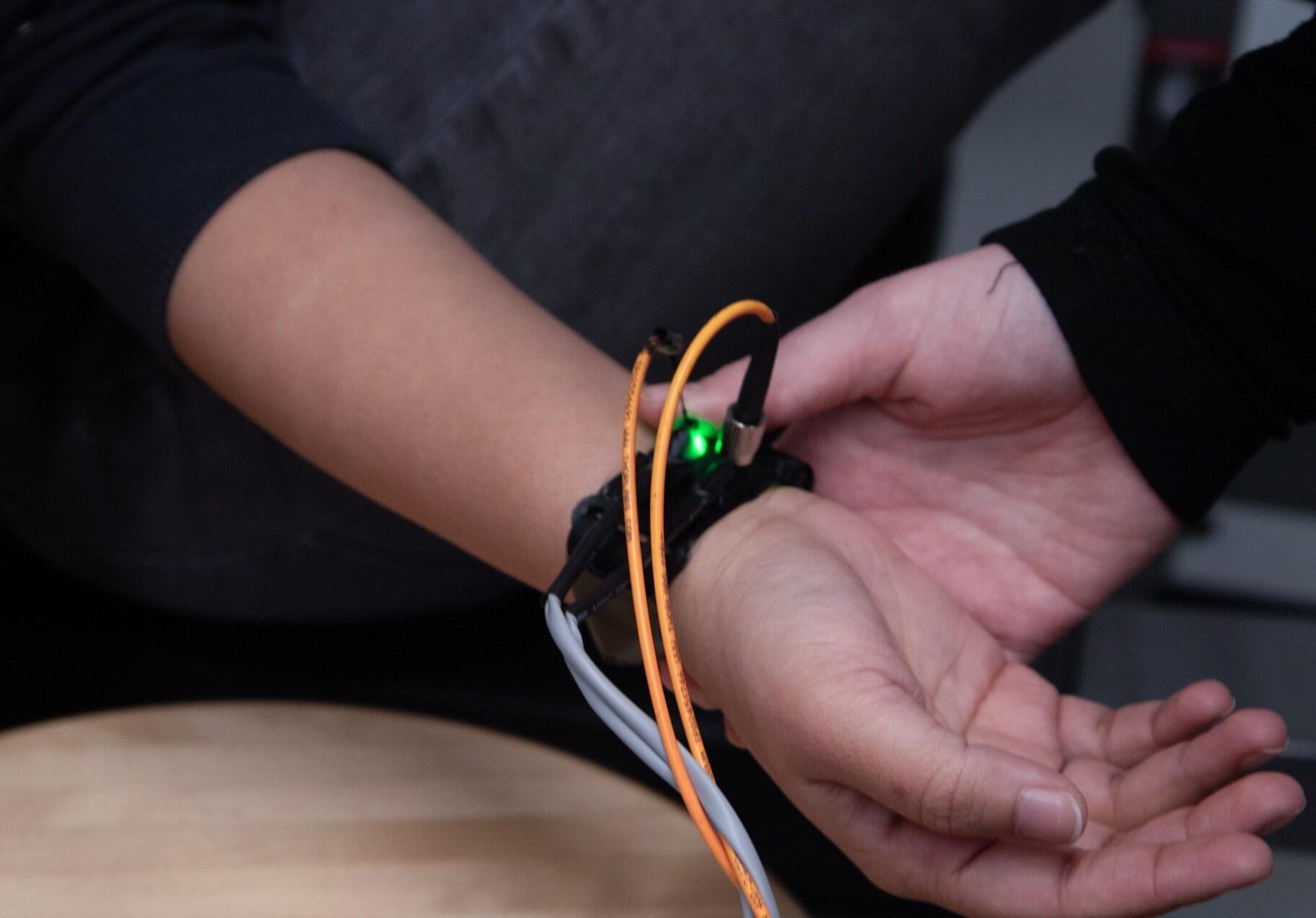
Researchers have shown, for the first time, that speckle contrast optical spectroscopy (SCOS) can be used for cuffless blood pressure monitoring. The new technology could improve early detection and management of hypertension.
“Hypertension affects nearly half of all adults in the US and is the leading cause of cardiovascular disease,” said Ariane Garrett, a doctoral student in Darren Roblyer’s lab at Boston University. “This research is a step toward a wearable device that would let people monitor their blood pressure any time, without a cuff.”
SCOS is a noninvasive imaging technique that measures blood flow by analyzing speckle patterns formed by coherent light scattering from cells and tissue. While it has been used for other applications such as brain and tissue monitoring, this is one of the first studies to explore how SCOS signals relate to blood pressure.
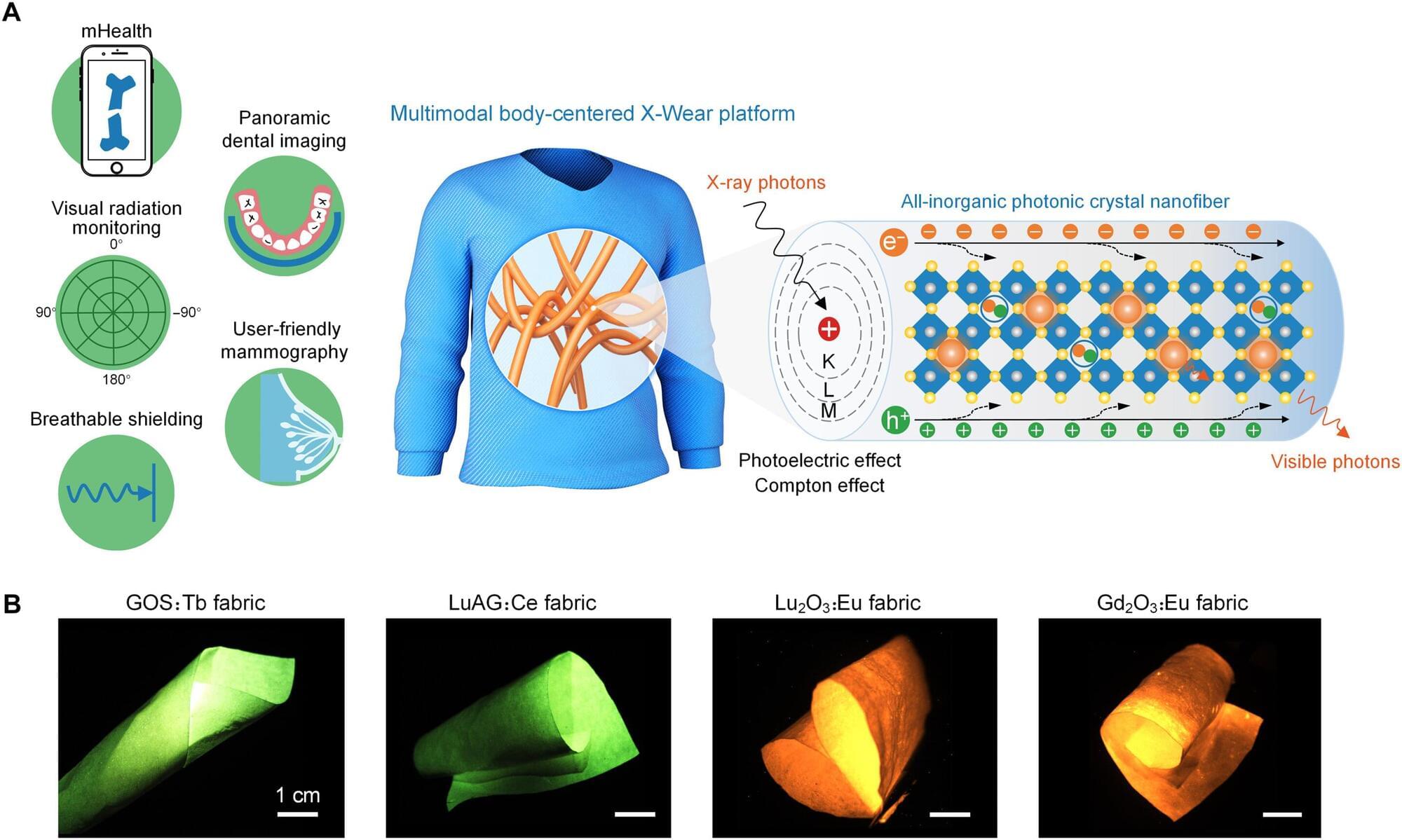
Since their discovery by Wilhelm Roentgen in 1895, X-rays have become a staple of modern medical care, from imaging teeth and broken bones to screening for the early signs of breast cancer.
The most common type of X-ray detector used in medical imaging today utilizes materials known as scintillators, which are made of inorganic and rigid compounds. This inherent lack of flexibility limits their applications and often requires patients to contort their bodies to accommodate unyielding medical equipment.
This rigidity has created a demand among researchers and the medical community for scintillating materials that are robust, efficient, and flexible. Past attempts to meet this demand, however, have had to sacrifice durability and efficiency for flexibility. An innovative fabric made of flexible inorganic fibers shows remarkable promise and may meet all three requirements.
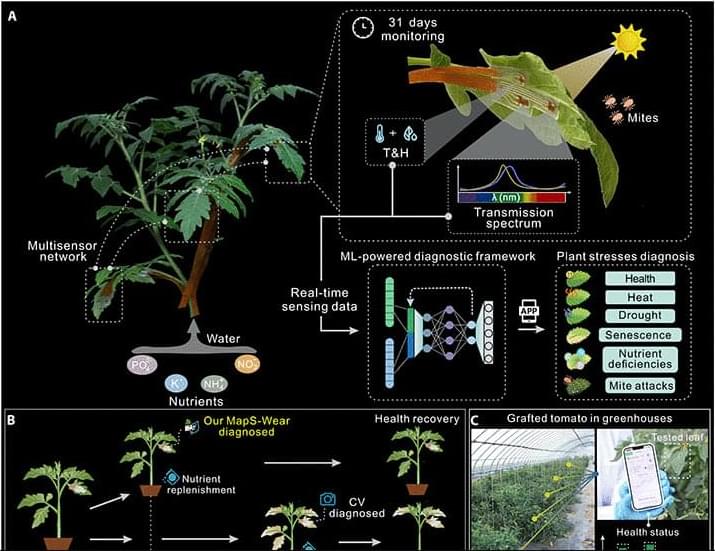
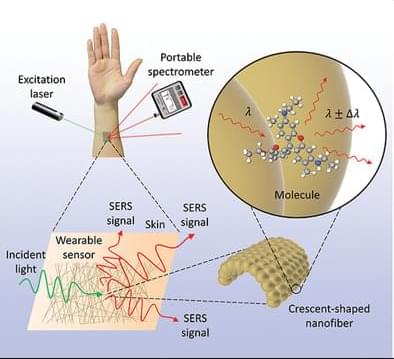
The last two decades have witnessed a dramatic growth of wearable sensor technology, mainly represented by flexible, stretchable, on-skin electronic sensors that provide rich information of the wearer’s health conditions and surroundings. A recent breakthrough in the field is the development of wearable chemical sensors based on surface-enhanced Raman spectroscopy (SERS) that can detect molecular fingerprints universally, sensitively, and noninvasively. However, while their sensing properties are excellent, these sensors are not scalable for widespread use beyond small-scale human health monitoring due to their cumbersome fabrication process and limited multifunctional sensing capabilities. Here, a highly scalable, wearable SERS sensor is demonstrated based on an easy-to-fabricate, low-cost, ultrathin, flexible, stretchable, adhesive, and biointegratable gold nanomesh. It can be fabricated in any shape and worn on virtually any surface for label-free, large-scale, in situ sensing of diverse analytes from low to high concentrations (10–106 × 10−9 m). To show the practical utility of the wearable SERS sensor, the sensor is tested for the detection of sweat biomarkers, drugs of abuse, and microplastics. This wearable SERS sensor represents a significant step toward the generalizability and practicality of wearable sensing technology.
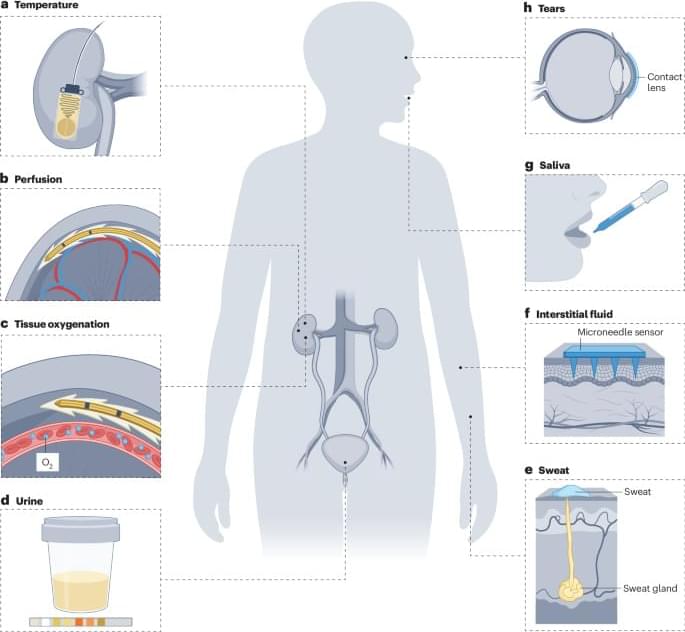
Advances in biosensor technology have the potential to enable continuous, non-invasive monitoring of kidney health through wearable and implantable systems. Non-invasive microfluidic systems have demonstrated utility in the detection of kidney-relevant biomarkers in peripheral body fluids such as sweat, interstitial fluid, tears and saliva, whereas implantable systems permit the direct measurement of biophysical tissue properties including tissue oxygenation, perfusion and temperature.
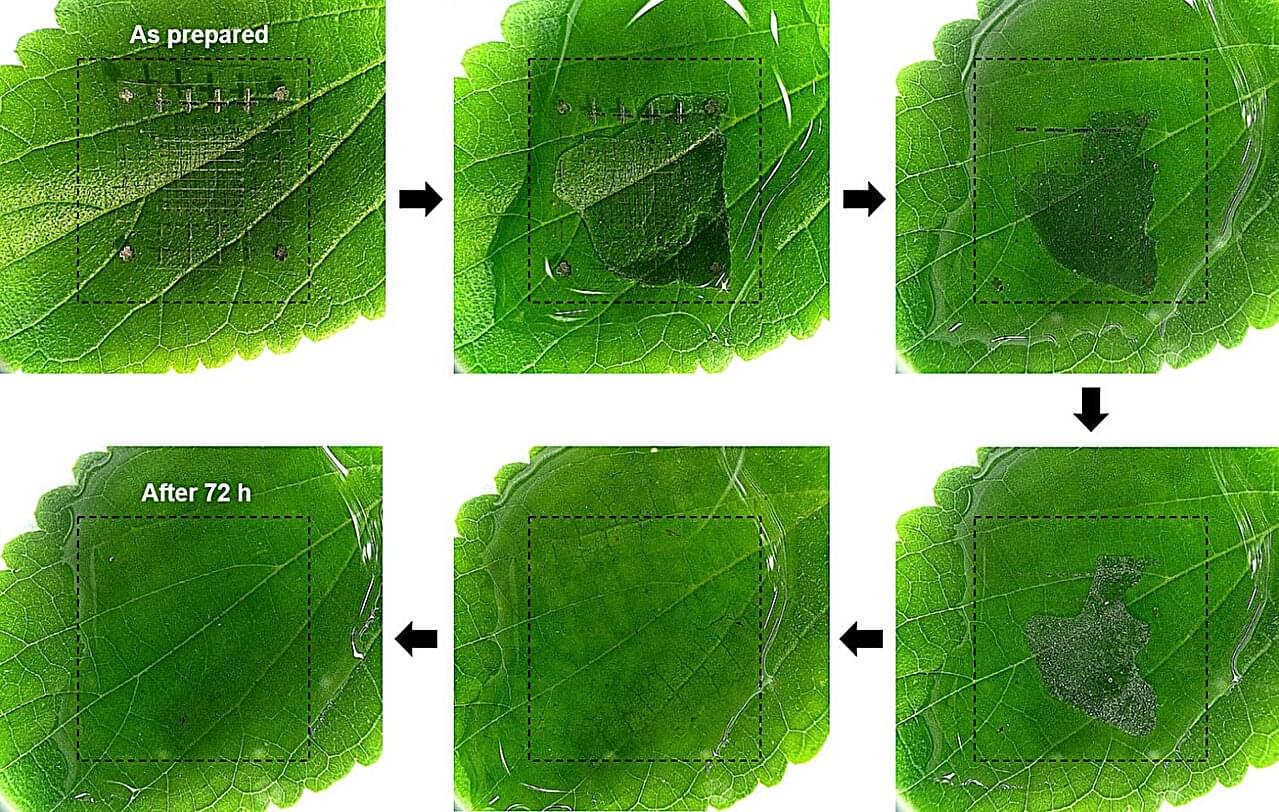
The use of electronics in various forms is on the rise, from wearable devices like smartwatches to implantable devices like body-implanted sensors, skin-worn smart patches, and disposable monitoring devices. These devices, which are inevitably discarded after use, contribute to the growing problem of electronic waste (e-waste), a significant environmental concern.
The Korea Institute of Science and Technology (KIST) has announced that a joint research team, led by Dr. Sangho Cho of the Center for Extreme Materials Research and Dr. Yongho Joo of the Center for Functional Composite Materials Research, has developed a polymeric material that offers high-performance data storage while completely degrading within days when immersed in water. The research is published in the journal Angewandte Chemie International Edition.
The material is biocompatible and stable enough for implantation in the human body, and the onset of degradation can be controlled by adjusting the thickness and the composition of the protective layer. Once this protective layer dissolves, the material degrades naturally in water within approximately three days, without leaving any residue.